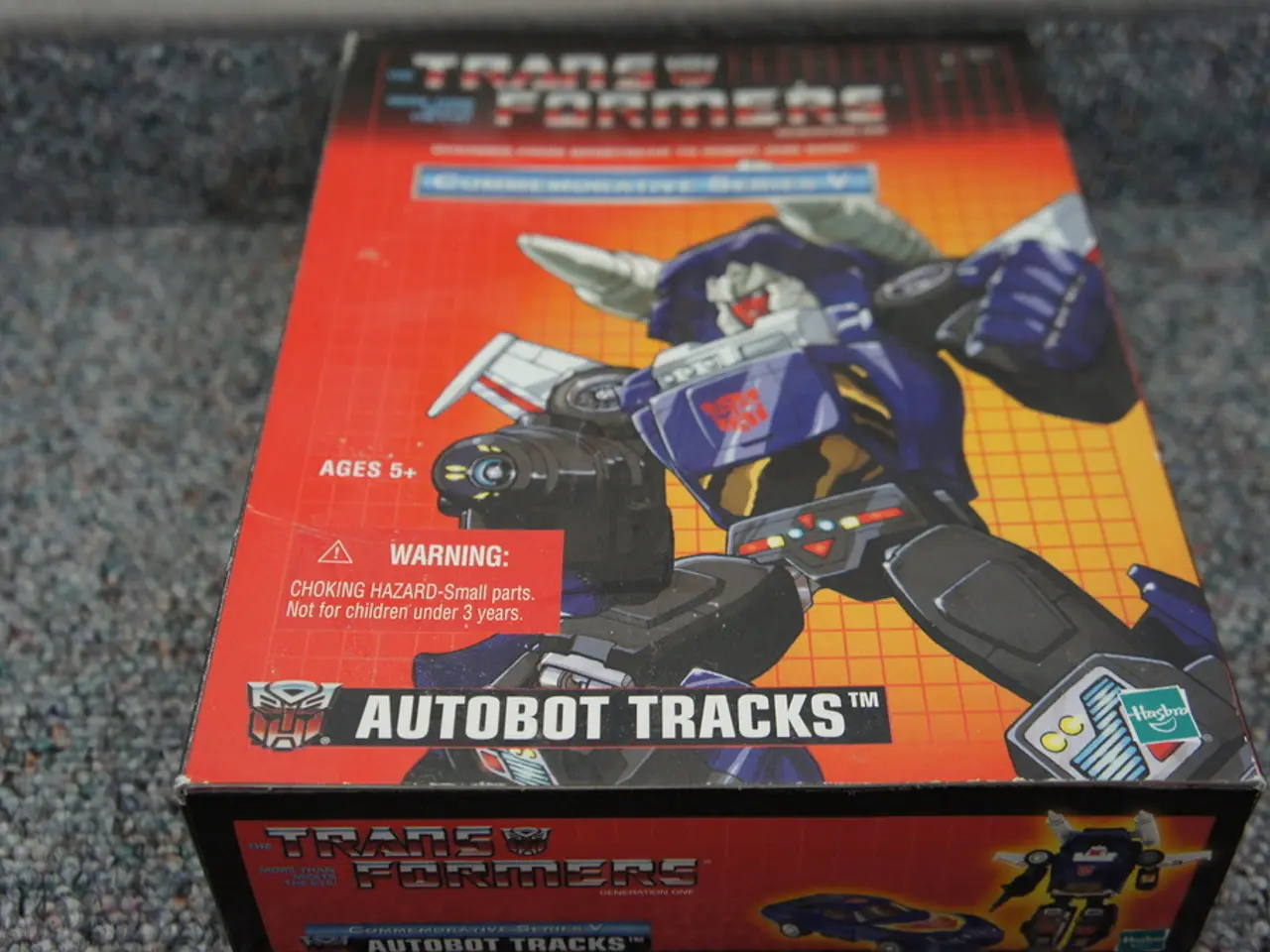Artificial Intelligence Integration in Safety Processes by Schneider Electric, Unveiling a Novel Patent for Safety Hazard Reduction
In the realm of industrial automation, Schneider Electric is leveraging Artificial Intelligence (AI) to significantly improve process safety. The French multinational's AI systems are primarily designed to reduce safety hazards by predicting equipment failures, minimising human error, and enabling autonomous, precise control.
Schneider Electric's AI-powered predictive maintenance strategy is a game-changer. By using AI-powered predictive analytics, the company continuously monitors electrical and mechanical assets. This innovative approach identifies early-stage defects or operational anomalies, allowing maintenance teams to address issues before failures occur. The result? A safer factory floor, as potential accidents or unsafe conditions are avoided.
A notable example of this technology in action is a visual AI defect detection system at a factory in Kentucky. By proactively flagging conveyor defects, this system eliminated unplanned downtime, demonstrating the potential of Schneider Electric's AI strategy.
Operational efficiency and asset longevity are another key benefit of Schneider Electric's AI-driven approach. By optimising maintenance schedules based on actual equipment condition rather than fixed calendars, the company reduces sudden equipment breakdowns that can pose safety risks. This proactive strategy has been successfully applied at companies like Nestlé and BASF to avoid critical electrical failures and extend equipment life.
Autonomous safety in industrial environments is another area where AI plays a crucial role. While not exclusive to Schneider Electric, similar AI applications in industrial automation demonstrate the role of AI in creating safety "envelopes" around equipment. These systems incorporate redundant hazard detection, fail-safe hardware redundancies, and real-time health monitoring, minimising human error and accident risks in environments with heavy machinery movement.
Schneider Electric's AI strategy also extends to edge AI, where AI is implemented directly within device controllers for reliable, low-latency decisions. This approach ensures energy and operational efficiency while delivering robust safety compliance and system reliability without dependence on cloud connectivity.
In a bid to further enhance functional safety using AI, Schneider Electric has launched a patent initiative. The AI system automatically or semi-automatically analyses potential process hazards and validates protection mechanisms. The latest patent from Schneider Electric's EcoStruxure Triconex Safety team can identify potential hazards and safeguards in an industrial process.
Three other Schneider Electric patents incorporating AI into functional safety lifecycle are currently pending. The goal is to prevent hazardous scenarios in industrial automation. The patent generates protective mechanisms to prevent dangerous conditions in an industrial process, and the AI system automates the hazard process analysis.
The advantages of implementing AI in day-to-day operations increase as more industries undergo digital transformation and generate high-quality data. Process safety management can use industrial, real-time data to revalidate HAZOP studies, thereby preventing industrial hazards and potentially saving lives. Schneider Electric's AI-driven technologies are at the forefront of this revolution, promising a safer and more efficient future for industrial automation.
Schneider Electric's AI-powered strategies not only ensure operational efficiency and asset longevity but also significantly contribute to industrial safety. For instance, the AI system launched by Schneider Electric's EcoStruxure Triconex Safety team automates the analysis of potential process hazards and the validation of protection mechanisms, aiming to prevent hazardous scenarios in industrial automation.
Moreover, the adoption of AI in industrial processes offers a promising future for safer and more efficient industrial automation. By analyzing and acting upon high-quality industrial data in real-time, AI-driven technologies can revalidate HAZOP studies, thereby preventing industrial hazards and potentially saving lives.




